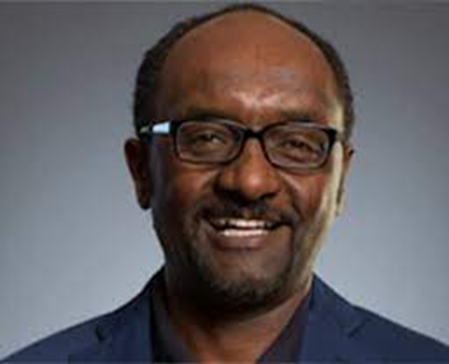Abstract:
The development of new and novel materials is critical for driving innovations in the next generation of devices and systems for applications in nanoelectronics, energy conversion and storage, and quantum computing. As the limitations of silicon-based technologies become increasingly evident, new materials are needed to overcome barriers in further miniaturization and efficiency. These alternative materials must possess unique properties that enable advancements in high-performance sensors, efficient energy storage, nanoelectronics, and also quantum computing. In this regard, carbon and its potential hybrids offer a promising avenue that is increasingly becoming compelling. In this regard, while synthesis of the different allotropes of carbon including graphitic and non-graphitic carbon materials via thermal processes such as pyrolysis is a well-documented process, fundamental understanding of the chemical interactions and functional groups that drive these processes are still evolving. Recent reports from our lab in molecular dynamics (MD) modeling of nanostructure formation in glassy carbon material derived from an epoxy resin polymer pre-cursor and co-synthesis of graphene-glassy carbon hybrid material have opened up further possibilities, such as exploration of the effect of polymer precursor selection on the final nanostructure. Encouraged by this, MD modeling is presented here to guide the synthesis of new hybrid carbon materials from a variety of polymer precursors. Specifically, three distinct classes of cross-linked polymers—epoxy (SU-8 – phenol-formaldehyde), phenolic (PMMA), and acrylic (PEI – polyetherimide)—are investigated here to develop understanding of how their polymeric structures influence reaction mechanisms and the ensuing nanostructures of the final pyrolyzed carbonaceous materials. As anticipated, simulated pyrolysis of SU8 produced cage-like and flat-like structures while that of PMMA and PEI produced planar-linked chains. MD simulation of mixture of these polymer precursors generated hybrid materials with more graphene-like behavior with increased number of 6-member carbon rings and reactive functional groups. These simulation predictions were then validated through experimental synthesis of new carbon hybrid materials using mixed polymer precursors—specifically, PMMA with SU-8 and PEI with SU-8. Taken together, this talk presents a vision for the re-imagining the carbon industry through a new generation of “engineered carbon” hybrid material systems that are designed from the ground-up to produce best-of-class properties derived from carbon and manufactured with new, scalable, and optimized manufacturing technologies
BIO
Dr. Sam Kassegne holds a Ph.D. degree in engineering mechanics from Virginia Tech (VPI&SU). His research interests are in the general areas of nanofabrication and next-gen micro devices (MEMS). His group has made significant contributions in the broad areas of carbon-based micro/nanofabrication and developed several innovative neural interfaces for brain and spinal cord signal recording and stimulation as part of bi-directional closed-loop brain-computer interface (BBCI) system.
Dr. Kassegne is currently deputy director of Center for Neurotechnology (CNT), NSF funded (~$40 million for 10 years) ERC (Engineering Research Center). The leading partner institutions are University of Washington and MIT.
He is also Director of the newly established NanoFAB.SDSU Industrial Consortium.
Dr. Kassegne has generated almost $42 million research grant as part of a group and published more than 70 journal publications, 4 book chapters, and 40+ conference papers. His NanoFAB.SDSU Lab introduced glassy carbon neural probes to the literature with 22+ publications demonstrating record-setting detection limits for key biomarkers such as dopamine and serotonin. His Lab also recently introduced a novel carbon-based hybrid material from graphene and glassy carbon. His Lab has been very effective in mentorship where more than 125 PhD and MS students have completed their thesis under his supervision along with hosting 85+ undergrad researchers and 18 visiting professors, visiting scientists, and post-doc researchers from around the world.
Dr. Kassegne has an extensive entrepreneurial and industrial experience in MEMS, material science, and other areas acquired through his start-up company (Grapheton) and employment at Nanogen, Microfabrica and Bentley Systems. He also has consulted for several companies such as NeuroOne, Watts Technologies, Corning/Intellisense, SAIC, Nevada Nanotech, OxyHeal, Cooley LLP, Nokia, etc. Dr. Kassegne’s research has been funded by NSF, DoE, and DoD (SPAWAR), among others

